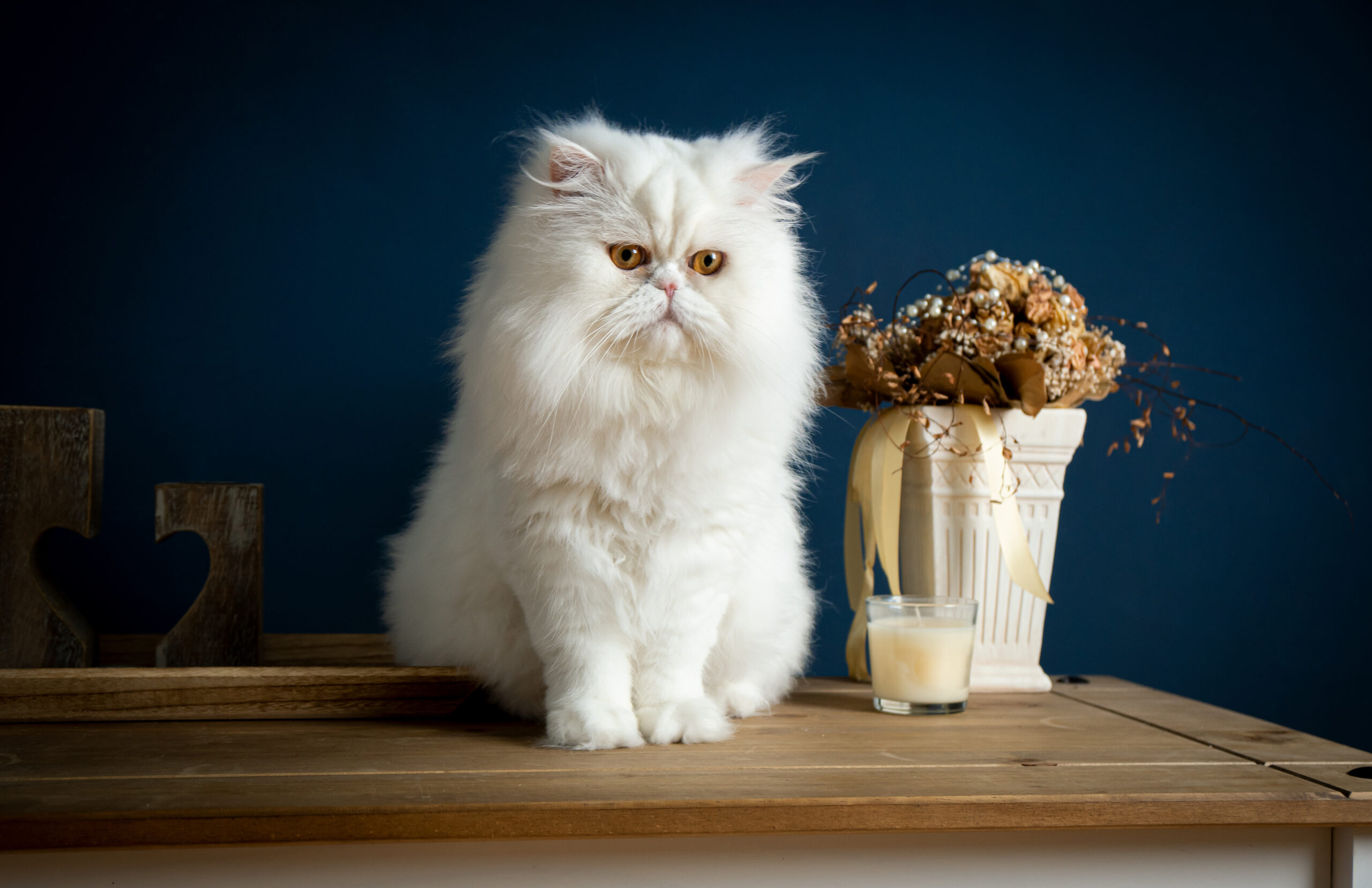Owning a Persian cat is a delight, but it comes with its unique set of responsibilities. Known for their luxurious coats and sweet personalities, Persian cats are a favorite among pet lovers.
Whether you’re a seasoned owner or considering bringing one into your home, understanding their needs and characteristics is essential. This list highlights critical things every Persian cat lover should be aware of, ensuring a happy and healthy life for your furry friend.
1. Grooming Needs
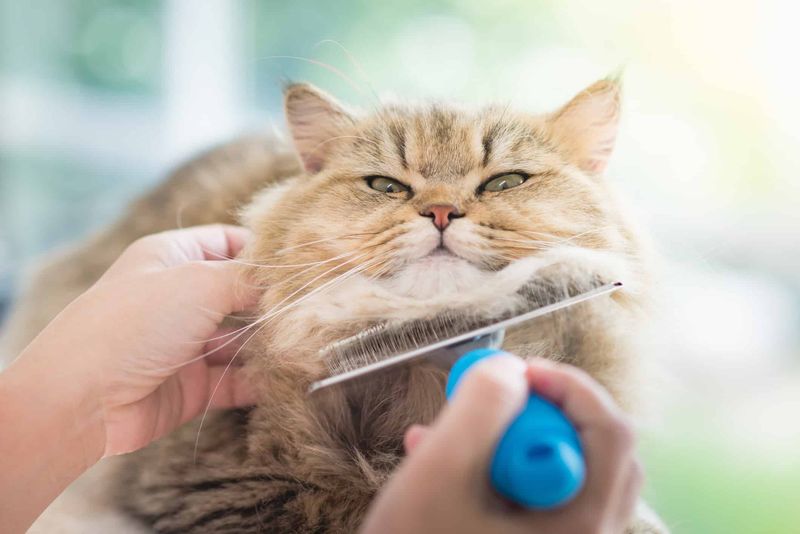
Regular grooming is a necessity for Persian cats. Their long, flowing coats require daily brushing to prevent tangles and mats, which can cause discomfort and skin issues. Using a quality brush designed for long-haired cats can make this task easier and more enjoyable for both the cat and the owner.
It’s not only about keeping them looking beautiful but also ensuring their skin stays healthy. Regular grooming also helps to reduce shedding and hairballs, which is a common issue with Persian cats. Some owners prefer to take their cats to professional groomers for a more thorough grooming session, which can include bathing and trimming.
This is particularly useful for those who may not have the time or tools to groom at home. Establishing a grooming routine early on helps the cat become accustomed to being handled and can be a bonding experience for both owner and pet.
However, if grooming is problematic for you, you may want to avoid Persian cats. They are some of the worst cats for allergies out there. So if you’ve got this issue, you may want to reconsider.
2. Health Concerns
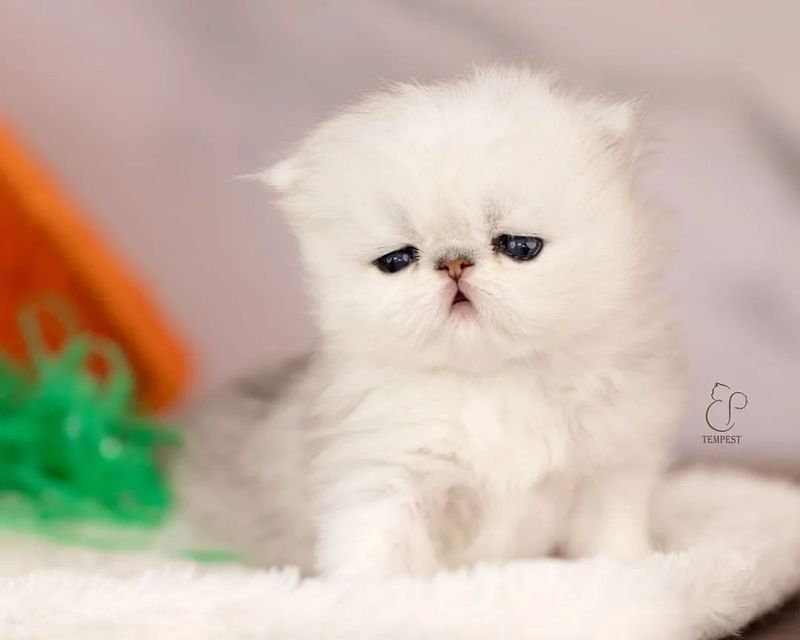
Persian cats are prone to specific health issues that owners should be mindful of. Their flat faces, or brachycephalic features, can lead to breathing difficulties, especially in hot weather or if they become overweight.
Regular veterinary check-ups are crucial to monitor their health and catch any issues early on. Dental care is another important aspect, as Persians are susceptible to dental disease. Providing dental treats or regularly brushing their teeth can help maintain oral health.
Additionally, their eyes require special care; due to their unique facial structure, they often have tear staining, requiring gentle cleaning. Polycystic kidney disease (PKD) is a genetic condition that some Persians may inherit, so testing and awareness are beneficial.
By staying informed and proactive, owners can manage these health concerns effectively, ensuring a longer, healthier life for their Persian companions.
3. Dietary Needs
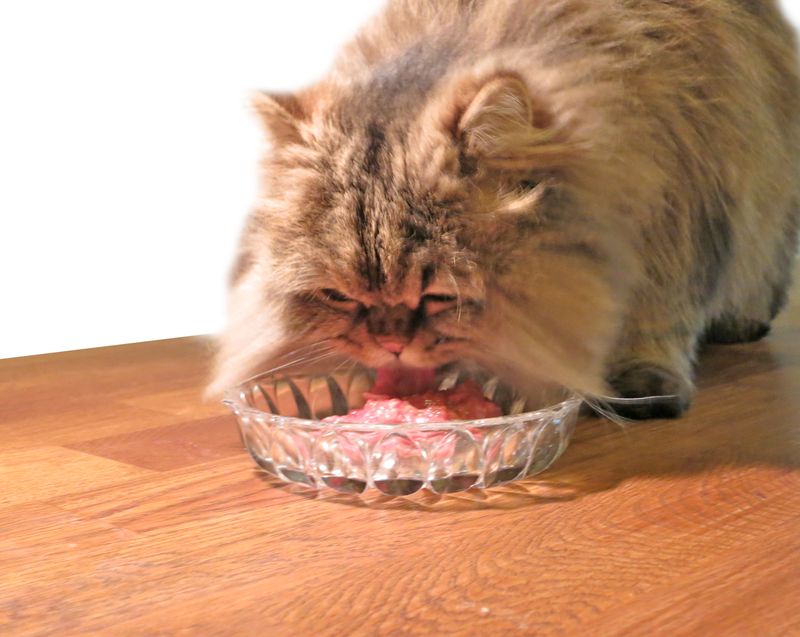
A balanced diet is vital for maintaining the health and well-being of a Persian cat. Due to their sedentary lifestyle, they can be prone to obesity, so portion control and high-quality food are essential. Foods rich in omega fatty acids benefit their skin and coat, keeping it shiny and healthy.
Consulting with a veterinarian can provide guidance on the best diet tailored to your cat’s age, health, and activity level. Some owners prefer to feed a combination of wet and dry food to ensure hydration and dental health. Additionally, it’s important to monitor their weight and adjust their diet as needed to prevent obesity-related health issues.
Providing fresh water at all times is crucial, as hydration supports kidney function, which is particularly important for Persians. By understanding their dietary needs, owners can promote a healthy lifestyle for their feline friends.
4. Living Environment
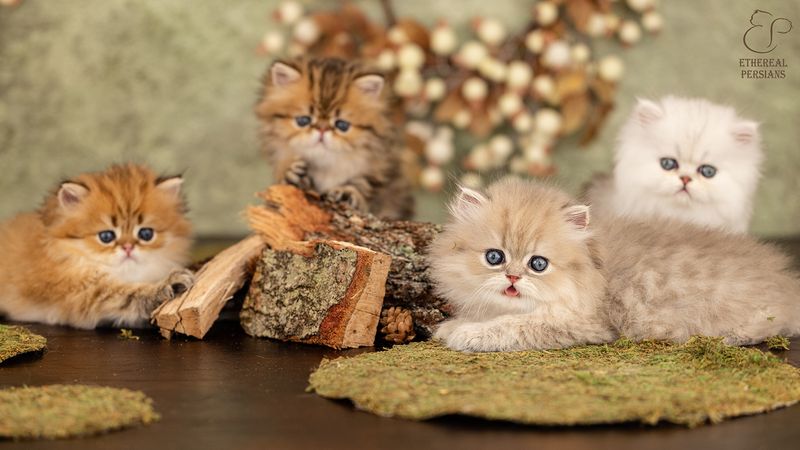
Creating a comfortable and safe living environment is crucial for Persian cats, who thrive in calm and cozy surroundings. These cats are known for their gentle and laid-back personalities, making them well-suited to indoor living.
Getting them a variety of soft, comfortable resting spots, such as plush beds or cozy corners, can make them feel secure and relaxed. It’s also important to keep their environment clean, as Persians are prone to respiratory issues that can be exacerbated by dust and dander.
Regularly cleaning their bedding and maintaining a dust-free home can contribute to their well-being. Engaging toys and scratching posts help keep them entertained and active, preventing boredom and promoting mental stimulation.
5. Personality And Temperament
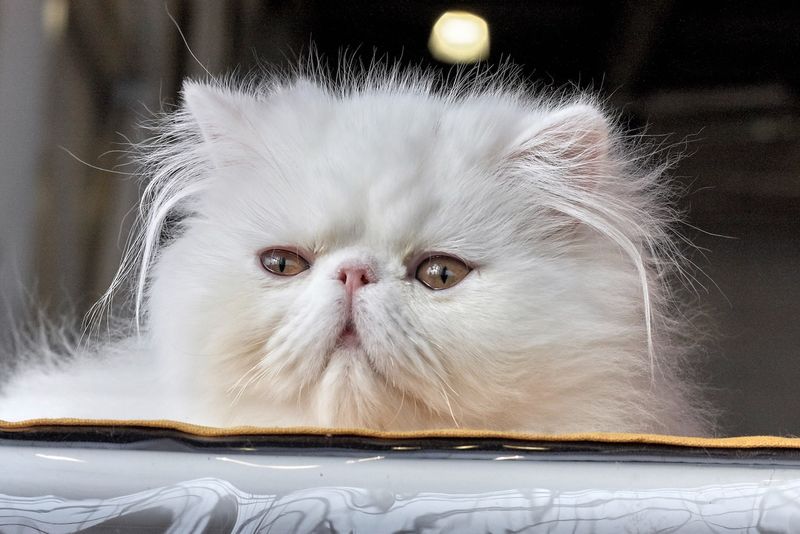
Persian cats are adored for their sweet and gentle personalities. They are affectionate and enjoy being close to their human companions, often seeking out attention and lap time. Despite their regal appearance, they are typically easygoing and adapt well to different family dynamics, including those with children and other pets.
They are not as active or playful as some other breeds, preferring a calm and serene environment. This makes them ideal for apartment living or homes where a quiet atmosphere is preferred. While they enjoy attention, they are also independent enough to be left alone for short periods.
Their laid-back nature and loving disposition make them wonderful companions for those seeking a low-energy, affectionate pet. Understanding their temperament helps in providing the right environment and interactions, ensuring a harmonious relationship between the Persian cat and its owner.
6. Socialization Tips
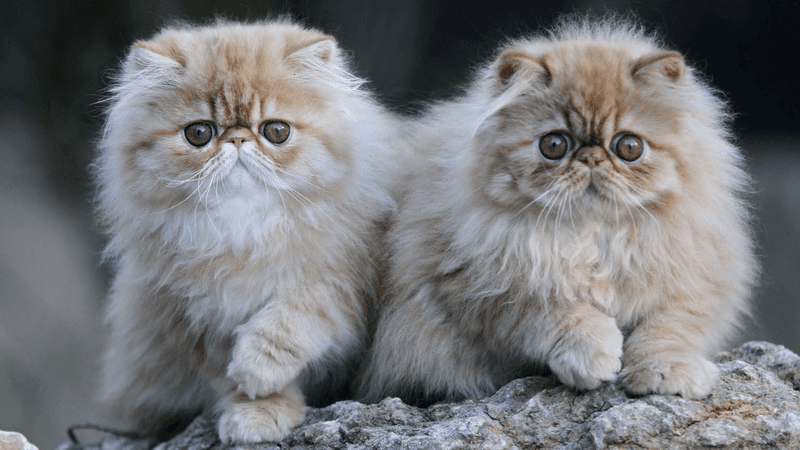
Socialization is an important aspect of raising a well-adjusted Persian cat. Introducing them to new experiences, people, and pets gradually helps them develop confidence and reduces anxiety. Start by exposing them to different sounds and environments at a young age, while keeping the experiences positive and stress-free.
Offering treats and praise during these interactions can encourage a positive association. If introducing a new pet, it’s crucial to do so slowly and under supervision, allowing the Persian cat to approach at their own pace. Creating a safe space where they can retreat if overwhelmed is beneficial.
Consistent playtime and gentle handling by family members can further enhance their social skills and strengthen bonds. By fostering a supportive and nurturing environment, owners can help their Persian cats become well-rounded and sociable companions.
7. Breeding And Lineage
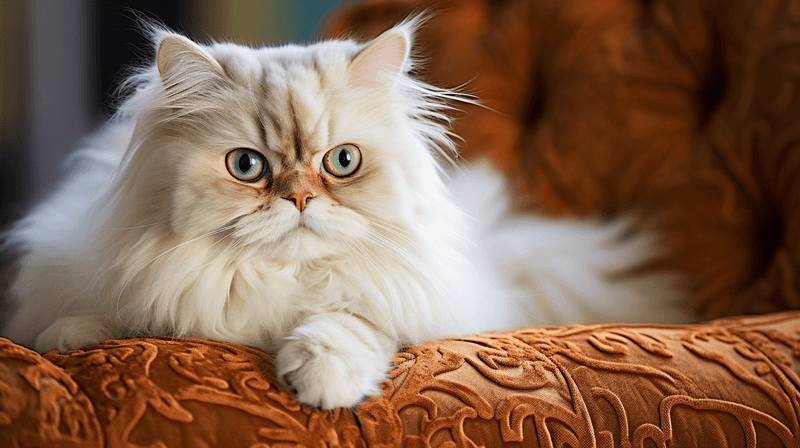
Understanding the breeding and lineage of Persian cats can provide insights into their health and personality traits. Reputable breeders focus on producing healthy kittens with desirable characteristics, including temperament and coat quality.
Prospective owners should seek breeders who conduct health screenings for genetic conditions common in Persians, such as polycystic kidney disease (PKD). It’s important to ask about the kitten’s parents and their health history to ensure responsible breeding practices.
Visiting the breeder’s facility can also give a sense of the environment in which the kittens are raised, which impacts their socialization and well-being. Some prefer adopting from shelters or rescue organizations, where many purebred Persians and mixed-breed cats are available.
Ensuring the cat’s lineage and background are well-documented can help new owners make informed decisions and provide the best care for their Persian cats.
8. Exercise Requirements
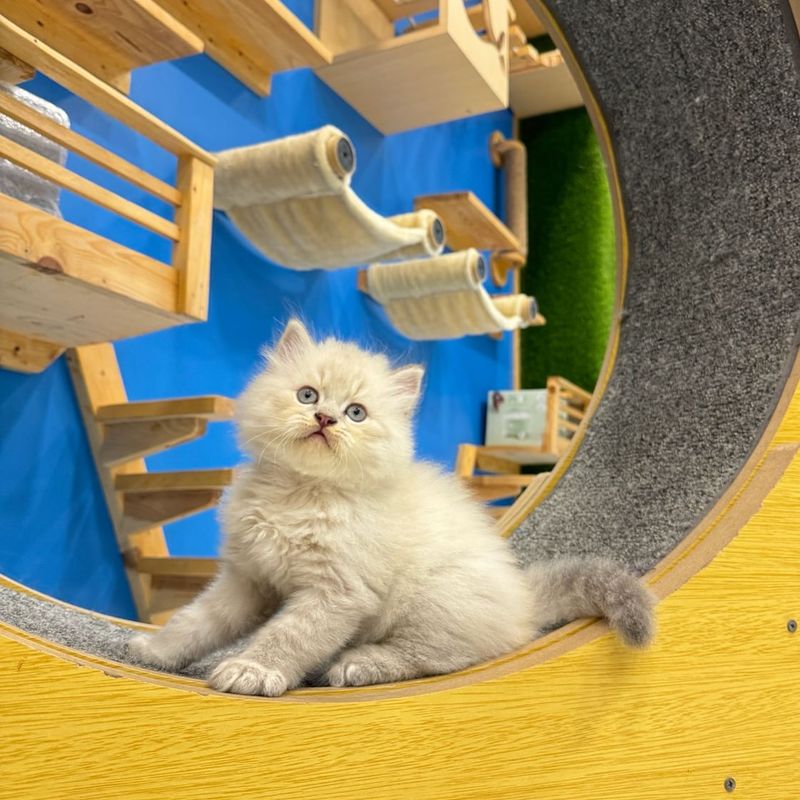
While Persian cats have a more relaxed demeanor, engaging them in regular exercise is important for their health and well-being. Due to their tendency to be less active, encouraging playtime can prevent obesity and related health issues.
Interactive toys, such as feather wands and laser pointers, can entice them to move and engage their hunting instincts. Short, daily play sessions can be beneficial, providing mental stimulation and promoting physical activity.
It’s essential to create a safe space for exercise, free of hazards that could harm them during play. Even though Persian cats might not be as energetic as other breeds, offering opportunities for gentle exercise helps maintain a healthy weight and supports overall health.
9. Common Misconceptions
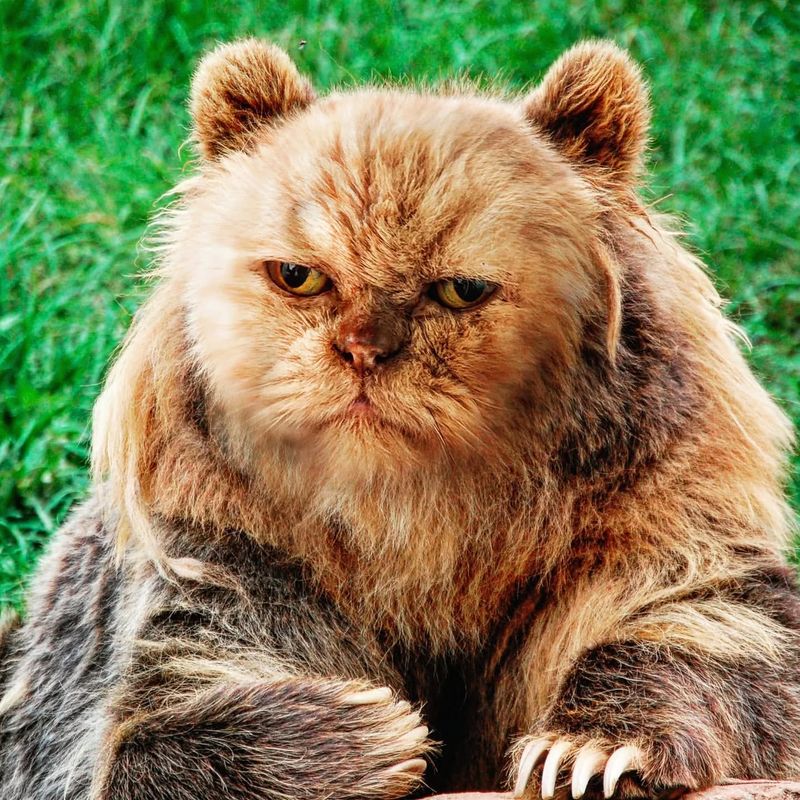
There are several misconceptions about Persian cats that potential owners should be aware of. One common myth is that they are aloof and unfriendly, which is far from the truth. In reality, Persian cats are known for their affectionate nature and enjoy human companionship.
Another misconception is that they require excessive maintenance, but with a regular grooming routine, it becomes manageable and part of a bonding experience. People often believe Persian cats are prone to health problems, but with responsible breeding and proper care, they can lead healthy lives.
It’s also assumed they are not playful, yet they do enjoy interactive playtime, albeit at their own pace. Understanding these misconceptions helps set realistic expectations and fosters a deeper appreciation for the Persian breed, allowing owners to form stronger connections with their feline companions.
10. Adoption Considerations
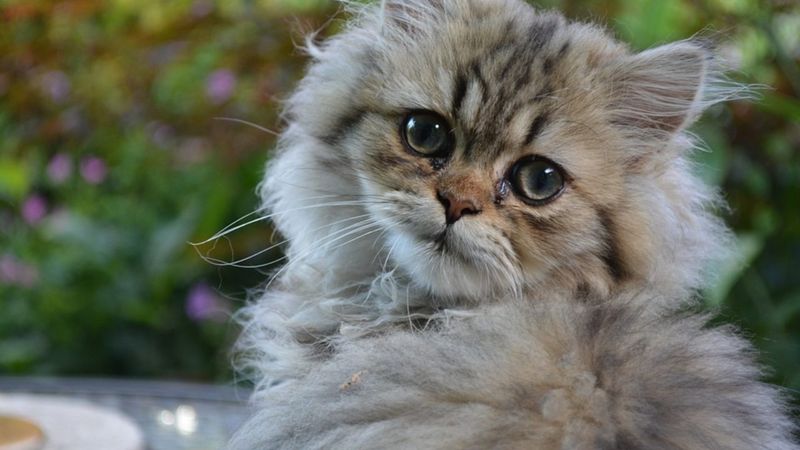
Adopting a Persian cat involves careful consideration and planning. Potential owners should assess their lifestyle and ability to meet the grooming and health care needs of this breed. Visiting shelters and rescue organizations can provide opportunities to meet and interact with Persians in need of homes.
It’s important to ask about the cat’s history and any previous health issues to ensure a good match. Adoption counselors can offer insights and support throughout the process. Additionally, preparing the home with necessary supplies, such as litter boxes, scratching posts, and quality food, sets the stage for a smooth transition.
Understanding the commitment involved in adopting a Persian cat is crucial, as they require regular attention and care.

